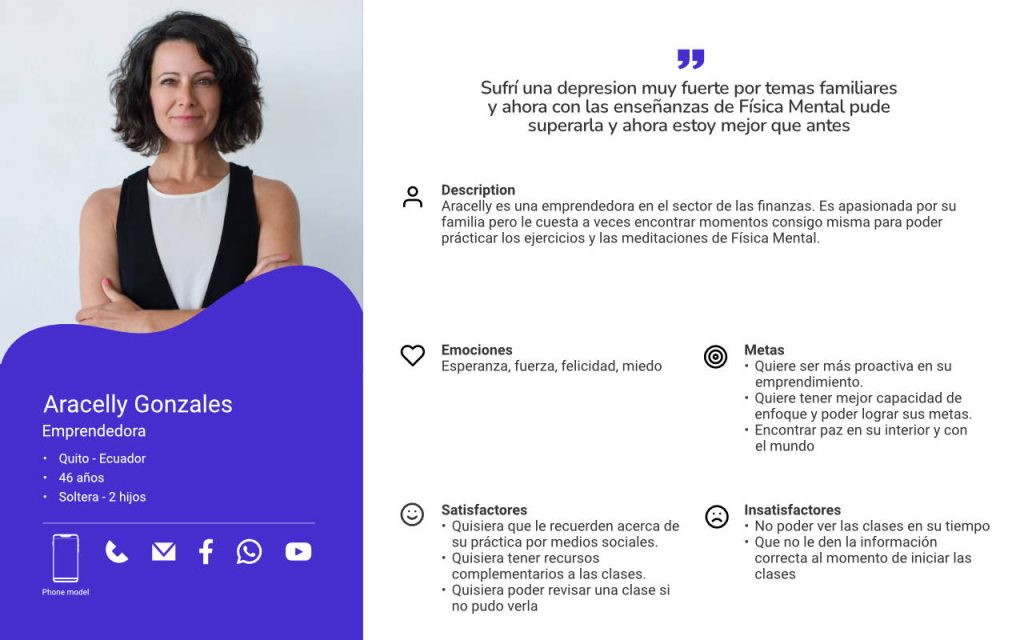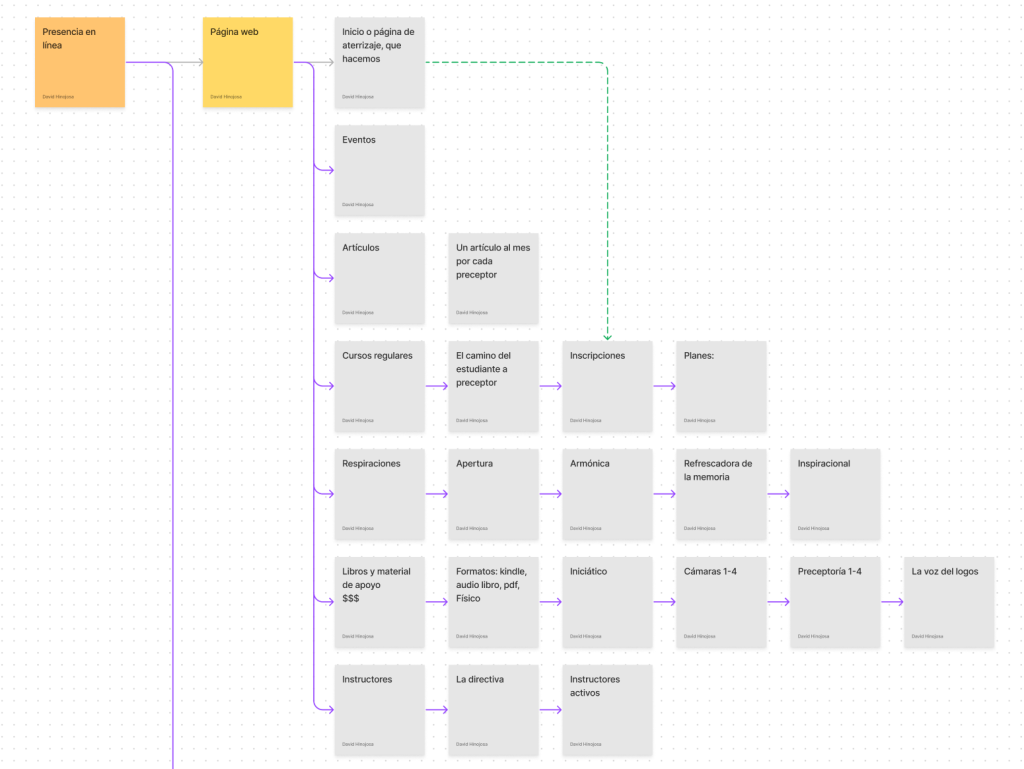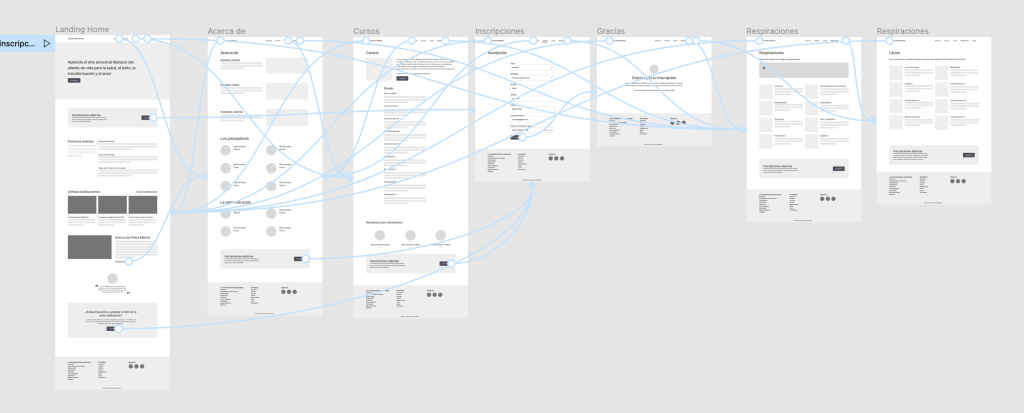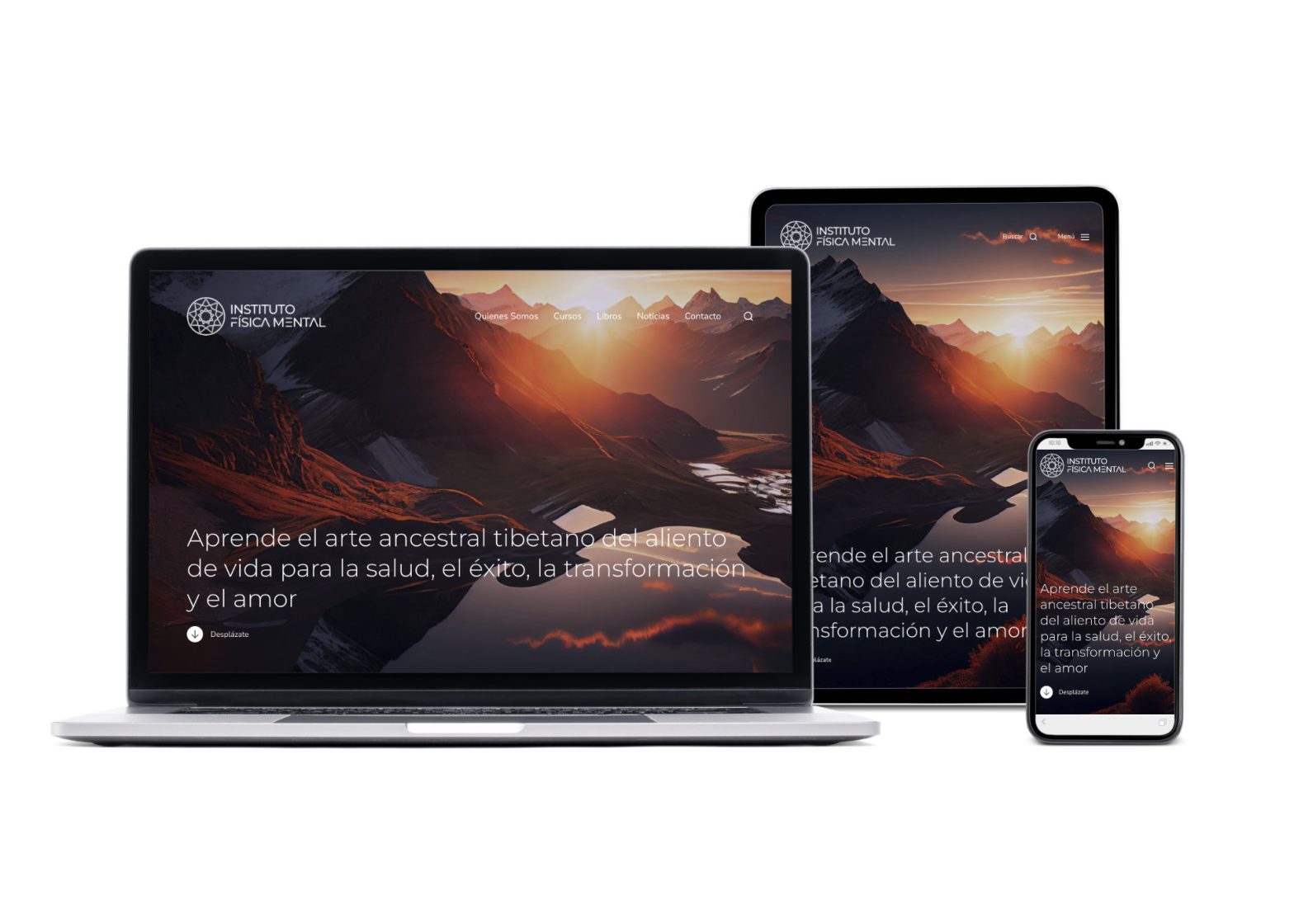The purpose of this study is to understand which are the biggest pain points that Mental Physics students experience in studying the courses, why they drop out and why they do not recommend the courses to other people.
About the institute
Mental Physics is an experiential method of spiritual self-realization that teaches the unity of life embodied in all substance, energy, and thought. Edwin John Dingle, known as Ding Le Mei For 20 years he traveled through China, India and Tibet. Upon his return to the West, he began sharing the teachings and practices he had learned in Tibet, first in New York (1927) and later in Los Angeles, California ( where he founded the Institute of Mental Physics in 1928). The institute expanded worldwide and there is a campus here in Ecuador which is one of the few left in the world and may be the only formal one.
Using the 8 Key Breaths students learn about themselves and how to manage emotions and promote better health through:
- Breathing exercises
- Diet control
- Work with individual bio-chemistry
- Psychophysical exercises
- Meditation and introspection
Problem
This past year 2022 the biggest issue identified by their own directives was that the students where not completing the courses and that the monthly number of students was going down from 75 to 40 students, not only that, to survive, the institute had to have over 120 monthly students according to the director.
As a pro-bono project I decided to take part of the directive and do some interviews with the most active members so that we could find the problem behind the desertion.
Exploration/discovery
To take on the problem we used a design strategy framework called the Double Diamond with an extra diamond for measuring impact, which helped us identify the right problem and designing the right solution.

Along with the team we did a Research Plan to interview the past deserted students and with qualitative results understand their needs, desires and expectations. Parallel to this, we sent a survey to the active students and teachers to give the study a different angle of the actual situation of the Institute and see what the global metrics where at the moment.
Findings
From the research we found that the following patterns were repeated and that they had more relevance to the study
- 9 of the 10 participants came to the institute by referral from someone who belongs to the institute. Which is why we recommended to establish a marketing strategy to have more online presence and attract other people
- 9 out of 10 participants think that the classes should have a more practical approach. So we need to create complementary resources and make the methodology simpler such as outlets and interactions to feel and live the lessons must be established in the methodology
- 6 of the 10 participants stopped attending the institute due to schedules and time issues Its necessary to be able to attend classes asynchronously.
And from the survey we found that:
- 74% where satisfied customers
- 96% found that the courses and their teachings were useful
- 62% of effort to complete the courses
- 55% NPS (net promoter score)
- 74% infrastructure satisfaction
- 49,4% process of entering the courses satisfaction
- 58% extra activities satisfaction
With these results we can conclude that its important to standardise communications across the organization with activities to inform the audience whats going on and making presencial gatherings to complement the online studies.
To complement the study we did a Business Model Canvas workshop with stakeholders to have a view of the whole operations of the institute so that later we can make better decisions defining the solution. And with a Competitive Analysis Matrix we were able to compare different sites to see what their value proposition was and what could we take from their learnings and improve the main flow on our site.
Competitive Analysis Matrix (In progress)

Business Model Canvas

UX design process
From these results the message was clear, we had to do a digital transformation process so that the Institute could have more leads through digital marketing, change the methodology to adapt the teachings to these new times and make the courses available online.
So for our first task we had to update the website and redesign the branding to make the online home of the institute more focused on getting new leads. With personas and user journeys we identified their needs, emotions and pain points they might have while signing up. We worked on the information architecture through a card sorting exercise and defined a Site Tree Map.
User Persona

User Journey

Site Tree Map

The Solution
With rapid lo-fi prototyping we came up with a new proposal so we could run a rapid test with users and get early validation of the flow of the site and its requirements.

Next steps run the test
This is a project that is still ongoing and I will be updating it with the results from the Proof of Concept.
Role
- UX Researcher
Artifacts / Methods
- Research planning
- Business model canvas
- Competitive analysis
- Interviews
- Surveys
- Lo-fi prototyping and testing
Tools
- Figjam
- Figma
- Google Docs
Length
- 2 months

